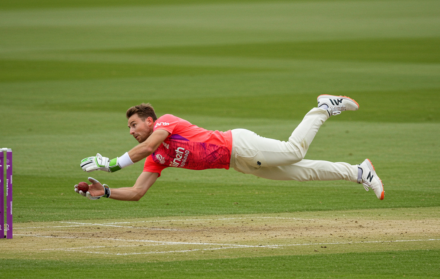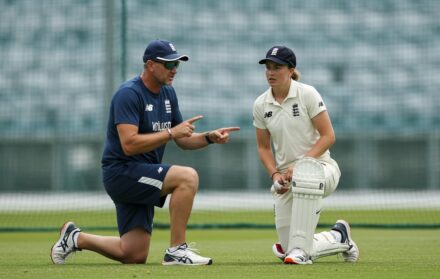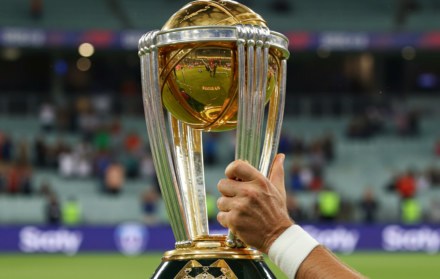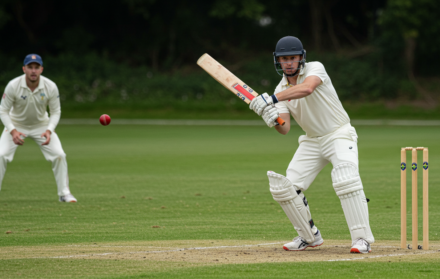
What are the main cricket formats and how are they different?
Cricket is one of the few sports that offers multiple playing formats, each with its own pace, style, and strategy. For new fans or players, these formats can seem confusing at first. What is the difference between a Test match and a T20? Why do some games last for hours while others stretch over five days?
Understanding these formats is key to appreciating cricket’s complexity and versatility. Whether you enjoy the tradition of Test cricket or the fast thrill of T20, there is a format suited to every viewer and playing style. This article breaks down the main cricket formats and how they differ in structure, rules, and experience.
Test Cricket: The Traditional Format
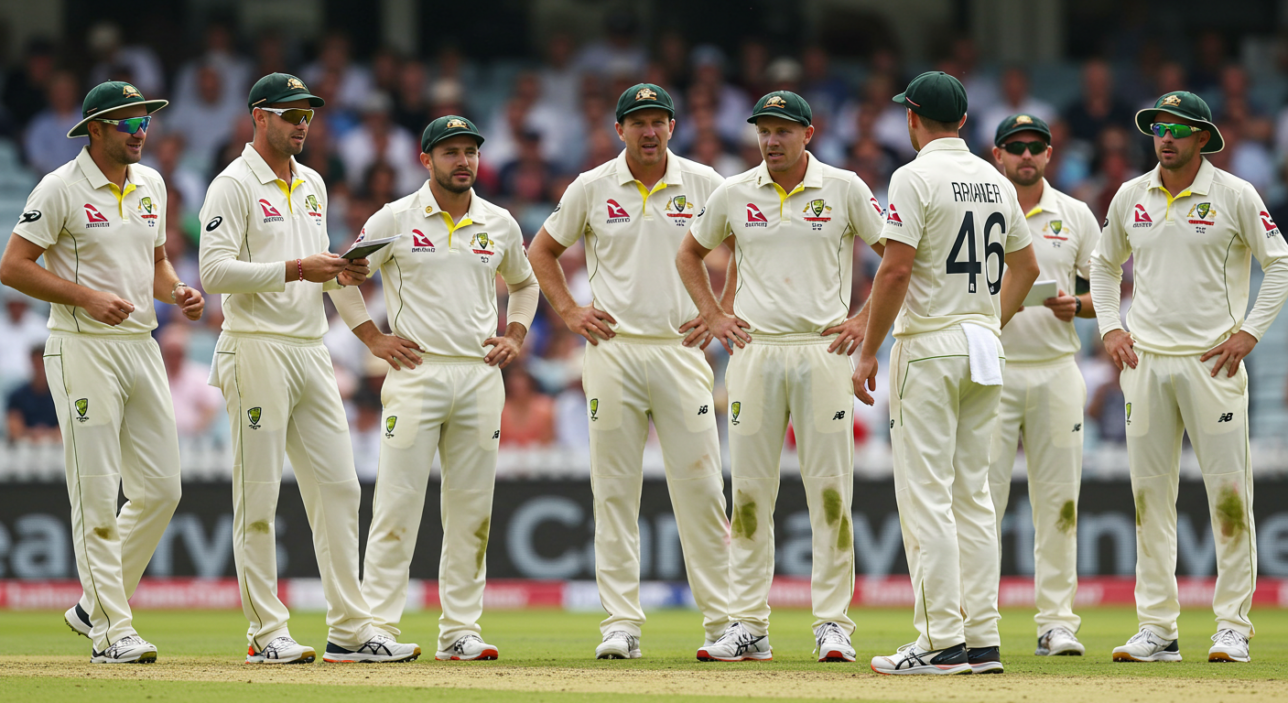
Test cricket is the oldest and most respected format of the game. It is often referred to as the “purest” form and is played by the top international cricketing nations under the governance of the International Cricket Council (ICC).
Match Length and Structure
-
Test matches last up to five days
-
Each team plays two innings (turns to bat)
-
There is no limit to the number of overs bowled
-
Teams can declare their innings at any time
Unlike shorter formats, Test cricket gives teams the time to build innings carefully, wear down the opposition, and stage long strategic battles. Patience and endurance are essential.
Attire and Ball Type
-
Players wear white clothing
-
Matches are played with a red ball
-
Usually held during the day (though day-night Tests using pink balls have been introduced)
Key Features
-
Played only by nations with Test status (e.g. England, Australia, India, South Africa, etc.)
-
Considered the ultimate test of a player’s skill, technique, and concentration
-
Weather and pitch deterioration over days add extra dimensions to the contest
Notable Test Series
-
The Ashes: England vs Australia
-
Border-Gavaskar Trophy: India vs Australia
-
England vs India: Historic rivalry with high global viewership
One Day Internationals (ODIs): The Classic Limited-Overs Game
ODIs were introduced in the 1970s as a shorter, more spectator-friendly alternative to Tests. As the name suggests, these matches are completed in a single day.
Match Structure
-
Each team bats for a maximum of 50 overs
-
One innings per side
-
The team that scores the most runs wins
The 50-over limit adds urgency and requires a balance between cautious play and aggressive hitting.
Attire and Ball Type
-
Players wear colored clothing
-
Matches use a white ball
-
Often played as day-night games, requiring floodlights
Key Features
-
Fielding restrictions known as Powerplays limit how many fielders can be placed outside the 30-yard circle at different stages of the innings
-
Strategic bowling changes and wicket conservation are crucial
-
Middle overs often see teams consolidating before an aggressive final push
Major ODI Tournaments
-
ICC Cricket World Cup: Held every four years, most prestigious ODI tournament
-
Champions Trophy: Involves top-ranked nations in a shorter format
-
Asia Cup: Played by Asian nations in ODI or T20 format
Strategy Overview
ODIs reward balanced teams. Batsmen must pace their innings, bowlers need variation, and captains must manage resources carefully. It is a format that tests both flair and control.
Twenty20 (T20): The Fast-Paced Format
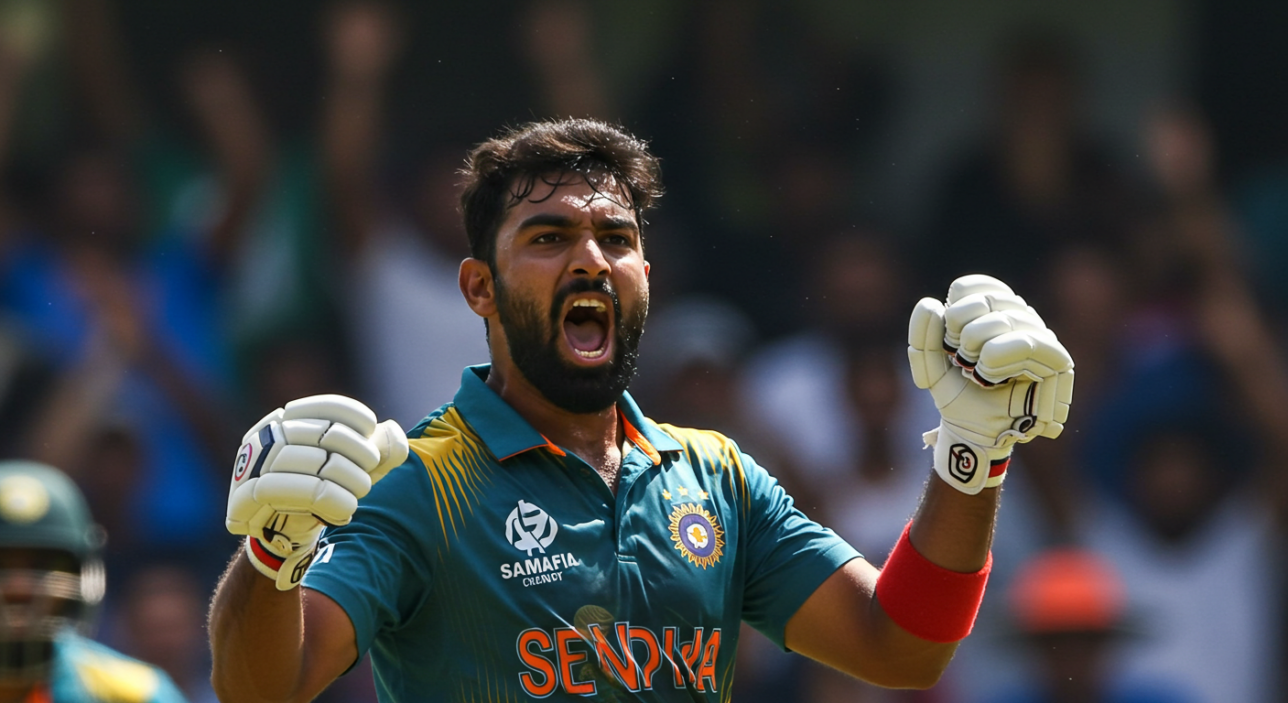
T20 is the most recent and explosive format of cricket. Created in the early 2000s, it is designed to pack excitement into a short, three-hour game. The focus is on entertainment, making it ideal for new fans and those with limited time.
Match Structure
-
Each team gets 20 overs to bat
-
Matches typically last about 3 hours
-
One innings per side, with aggressive batting from the start
Attire and Ball Type
-
Colored uniforms and white ball
-
Mostly played under lights in evening or night settings
-
Entertainment elements like music, lights, and cheer squads are common
Key Features
-
Powerplays (first 6 overs) allow only 2 fielders outside the inner circle
-
Bowlers can bowl a maximum of 4 overs each
-
Six-hitting and innovative shots are standard
-
Risk-taking is encouraged, even rewarded
Major T20 Tournaments
-
ICC T20 World Cup
-
Indian Premier League (IPL): Features international stars in franchise teams
-
Big Bash League (BBL) in Australia
-
Pakistan Super League (PSL), Caribbean Premier League (CPL), The Hundred
Why It Appeals
T20 has transformed the way cricket is consumed. It is quick, dramatic, and full of high-energy moments. It has also revolutionized player techniques, marketing, and global cricket fandom.
T10 and The Hundred: Emerging Short Formats
Cricket continues to evolve, and new ultra-short formats have entered the scene. While not as widespread as Tests, ODIs, or T20s, these versions are gaining traction.
T10 Format
-
Each side gets 10 overs
-
Matches finish in 90 minutes or less
-
Highly aggressive batting style
-
Popular in leagues like Abu Dhabi T10
The Hundred
-
Exclusive to England and Wales
-
100 balls per innings (not overs)
-
Bowlers deliver 5 or 10 consecutive balls
-
Strategic timeouts and simplified rules for new audiences
-
Played in the English summer by both men’s and women’s teams
These formats are aimed at younger and more casual fans, with a focus on simplicity, speed, and spectacle.
Domestic vs International Formats

While the core formats remain consistent, how they are played can differ slightly between domestic and international levels. Domestic competitions serve as breeding grounds for national talent and often introduce experimental rules.
Domestic Competitions
-
Test-style (First-Class):
-
County Championship (England)
-
Sheffield Shield (Australia)
-
Ranji Trophy (India)
-
-
ODI-style (List A):
-
Vijay Hazare Trophy (India)
-
Royal London One-Day Cup (UK)
-
-
T20 leagues:
-
Indian Premier League (IPL)
-
Big Bash League (BBL)
-
Pakistan Super League (PSL)
-
Caribbean Premier League (CPL)
-
SA20, Major League Cricket, The Hundred
-
These tournaments follow standard international rules with minor variations such as super substitutes, timeouts, or team composition requirements.
International Fixtures
International cricket is organized by the International Cricket Council (ICC). National teams compete in:
-
Bilateral series (e.g. India vs Australia)
-
Multinational tournaments (e.g. ICC World Cups)
-
World Test Championship
-
T20 World Cup
International games generally follow stricter regulations and receive higher global attention.
Key Differences Between Cricket Formats
To make the distinctions easier to digest, here is a comparison table summarizing the main differences across Test, ODI, and T20 formats.
Table: Key Differences Across Cricket Formats
| Feature | Test Cricket | One Day Internationals (ODIs) | Twenty20 (T20) |
|---|---|---|---|
| Innings per Team | 2 | 1 | 1 |
| Overs per Innings | Unlimited | 50 | 20 |
| Match Duration | Up to 5 days | ~8 hours | ~3 hours |
| Clothing | White | Colored | Colored |
| Ball Color | Red (or pink) | White | White |
| Powerplays | None | Yes | Yes |
| Fielding Restrictions | No | Phased | First 6 overs |
| Bowling Limits | None | 10 overs per bowler | 4 overs per bowler |
| Result Possibilities | Win, loss, draw, tie | Win, loss, tie, no result | Win, loss, tie, no result |
| Strategy Focus | Patience, technique | Balance, game management | Aggression, speed |
This simplified comparison helps readers understand how the format shapes the match style and approach.
How Players Adapt Between Formats
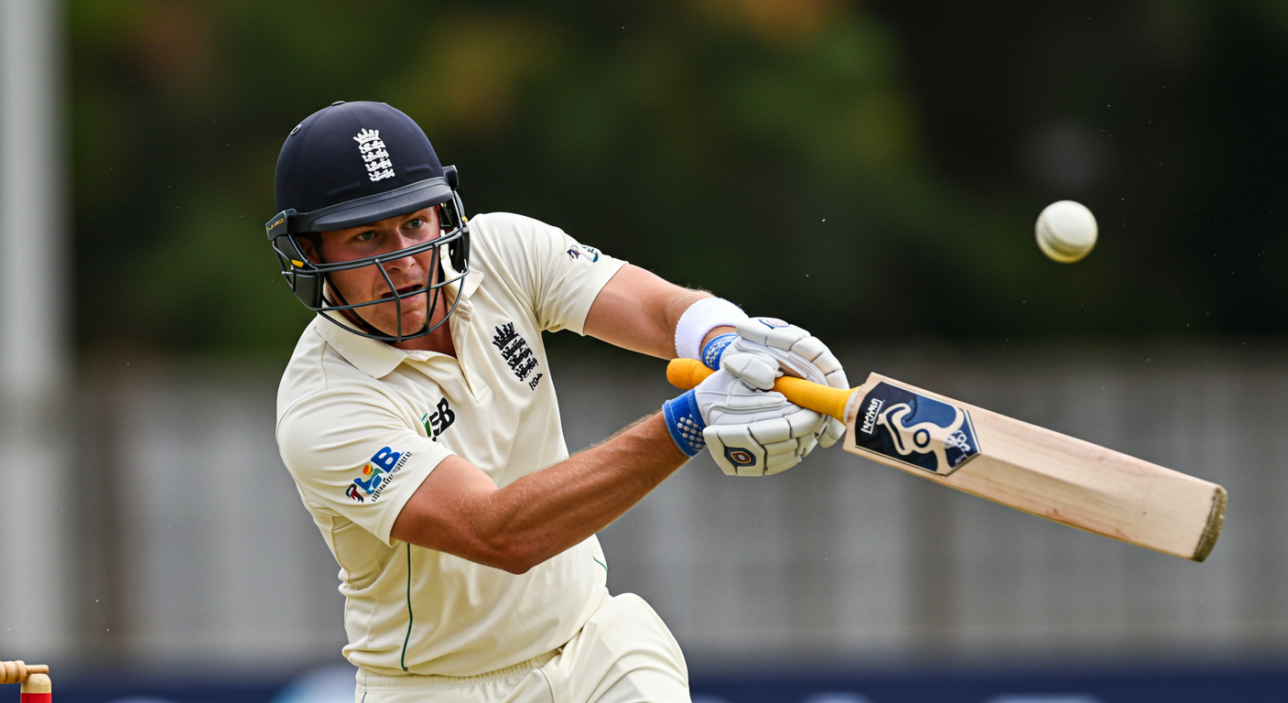
Cricketers today often play across all three major formats. However, each format requires specific adjustments in technique, mindset, and fitness.
Batting Adjustments
-
Test Cricket: Emphasis on defensive technique, shot selection, and stamina. Batsmen may face 200+ deliveries in an innings.
-
ODI: Balanced tempo. Batsmen need to rotate strike and accelerate when required.
-
T20: Aggressive intent from ball one. Innovative shots like the scoop, reverse sweep, and ramp are common.
Bowling Adjustments
-
Test: Focus on building pressure over long spells. Swing and seam movement are key.
-
ODI: Vary pace, line, and length. Death bowling skills are essential.
-
T20: Economy rate is vital. Bowlers use yorkers, slower balls, and bouncers strategically.
Fitness and Recovery
-
Test matches demand endurance and mental toughness over long periods.
-
T20 cricket favors explosive athleticism and quick reflexes.
-
Players must train to meet the differing physical demands of each.
Final Thoughts: Choosing the Cricket Format That Suits You
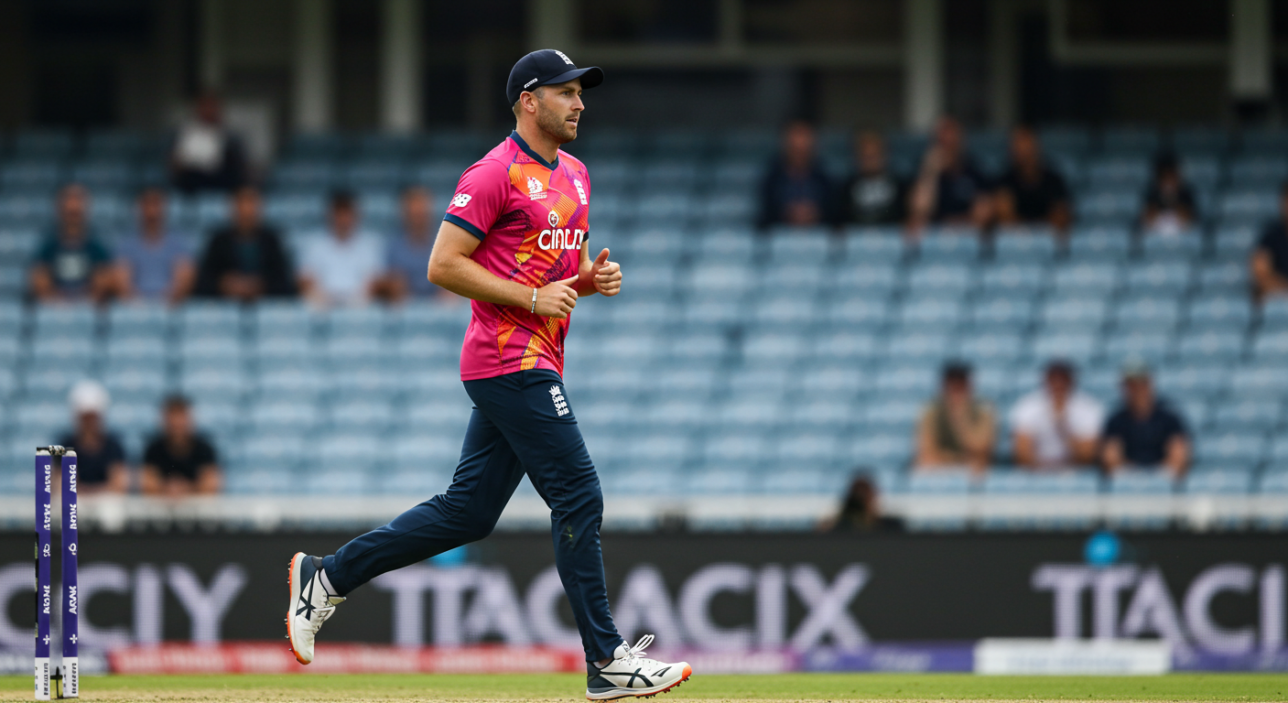
Each format of cricket offers a unique experience for players and spectators alike.
-
Test cricket is ideal for purists who enjoy the slow burn of strategy, pressure, and endurance.
-
ODIs strike a balance between long-form cricket and the flair of short formats.
-
T20s deliver instant gratification with big hits, dramatic turnarounds, and fast-paced action.
New formats like T10 and The Hundred are trying to simplify the game further for new audiences, especially in non-traditional cricketing regions.
Whether you want to relax with a five-day classic or catch a thrilling three-hour showdown, cricket has something for everyone.
Frequently Asked Questions
1. Which cricket format is the oldest?
Test cricket is the oldest format, officially starting in 1877 with the first match between England and Australia. It is considered the traditional and most prestigious form of the game.
2. What is the difference between T20 and ODI?
The main difference is in the number of overs. T20 matches have 20 overs per side and last about 3 hours, while ODIs have 50 overs per side and typically take 7 to 8 hours. T20s emphasize power-hitting, while ODIs demand a balance between caution and aggression.
3. Why is Test cricket considered the most difficult?
Test matches last up to five days, demanding high levels of concentration, stamina, and skill. The pitch deteriorates over time, and players must adapt to changing conditions. It tests every aspect of a cricketer’s game.
4. Can a player play all formats?
Yes, many top cricketers play across all formats, although some specialize based on their strengths. For example, Virat Kohli and Ben Stokes have played all formats, while T20 specialists like Tim David focus on the shorter game.
5. What is the shortest official cricket format?
T10 cricket is currently the shortest recognized format, with each team playing 10 overs. Matches last about 90 minutes. It is primarily played in franchise-based leagues.


